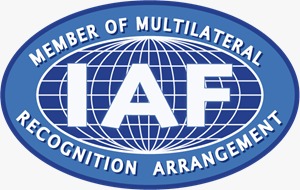Introduction
Insurance companies run on the predictions made by the actuaries and data-backed information. They make profits only if they get more premiums than the insurance claims filed by the public. They are allowed to use certain criteria based on what they think would be suitable for them. So, if any particular area in a given territory is forcing them to incur losses, they are free to charge more in terms of premiums and be profitable again. However, this has been the bone of contention between insurance policymakers and law but they seem to have won the battle of deciding and marking territories that they can rate.
For example, in California, the United States, there are mainly three things that an insurer should keep in mind while calculating premiums.
- Individual’s driving safety record
- Number of miles driven annually
- Number of years of experience in driving
What is TERR?
Rating a territory or TERR is an important aspect of Auto Insurance and its regulation of pricing. Its purpose is to ensure that the premiums offered by the insurance companies are justified and precise. Using this process, insurance companies are required to demonstrate that the pricing methodologies used by them are appropriate.
Rating territories require insurance regulators to define the rating based on aggregate data of loss and without giving insurance companies any further information on this. These ratings are obtained after experiencing specific losses within a defined territory. In simple terms, the Territorial Rating Code is the process of determining the premium of an insurance policy and includes administrative charges and profits of the insurance company that is issuing the policy.
Benefits of TERR
The division of dividing the area into rating territories is profitable for the insurance company. Each rating territory has its own characteristic that sets it apart from the other. For example, one territory would be rural where the chances of traffic congestion are less, hence accidents ratio would be less, therefore insurance companies can fairly suggest that those automobiles who have garaging in the rural areas would pay fewer premiums than their urban counterparts where the possibility of getting into an accident is much higher. Besides that, there is a direct correlation between thefts and the territories. For example, there are more thefts reported in New York city than Alabama county. Hence using territories as the yardstick to calculate insurance premiums becomes a wise option.
Concept of Garaging
Insurers prefer to keep the insurance claim based on the territory it will be garaged. Actuaries and data have given the insurance companies enough feedback that the place where a vehicle is garaged and where it is at its maximum risk. This assumption is backed by data collection companies for years. For example, Ontario in Canada is popular for its exorbitant premiums charged on insurance as compared to other provinces. Now, this is backed by the data that Ontario has seen the most cases of claims being filed by the public and there is no way that insurance company will go out of its way and give claims out of its own pockets. This is why insurance companies charge way more as premiums in Ontario than the rest of the provinces.







Leave A Comment